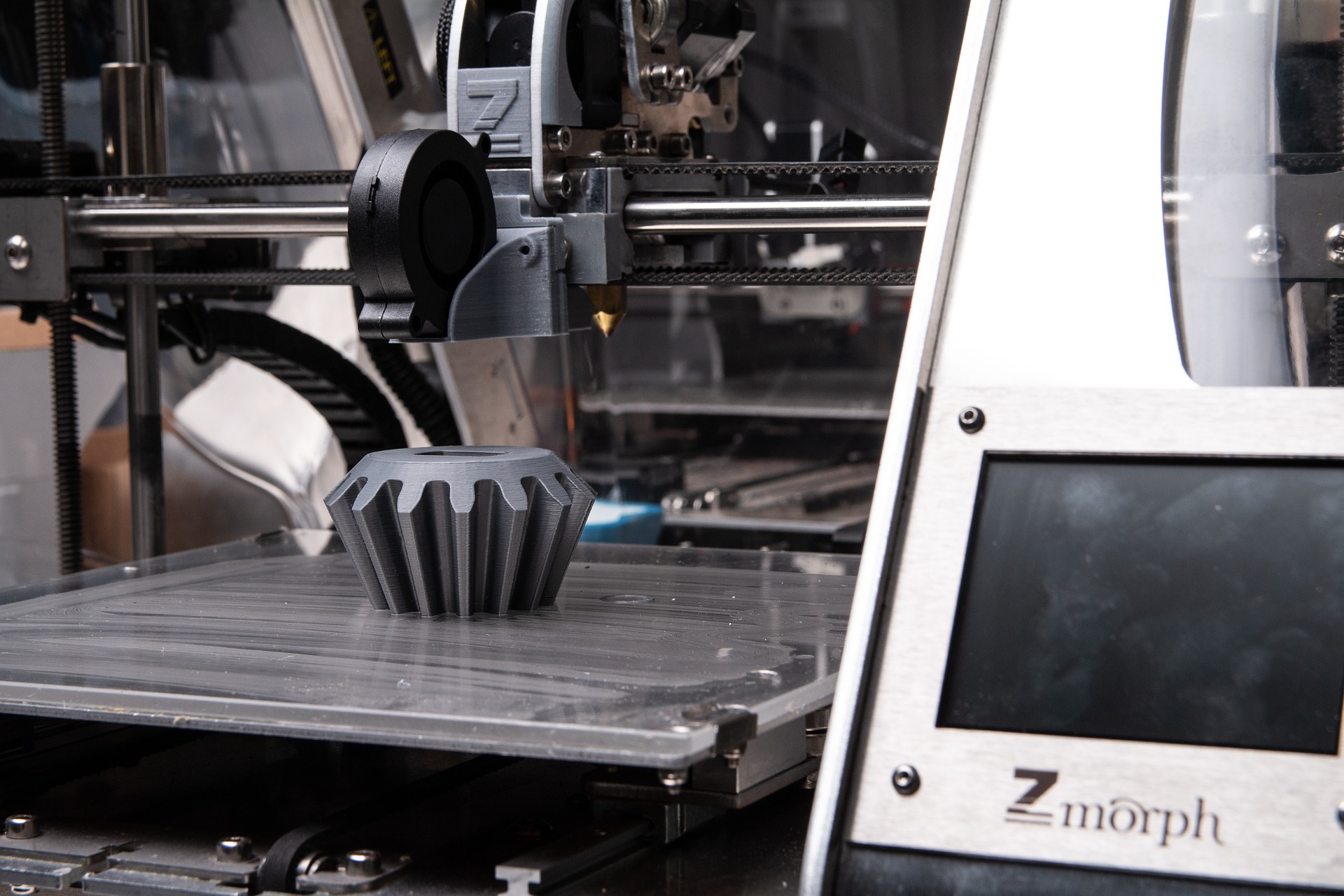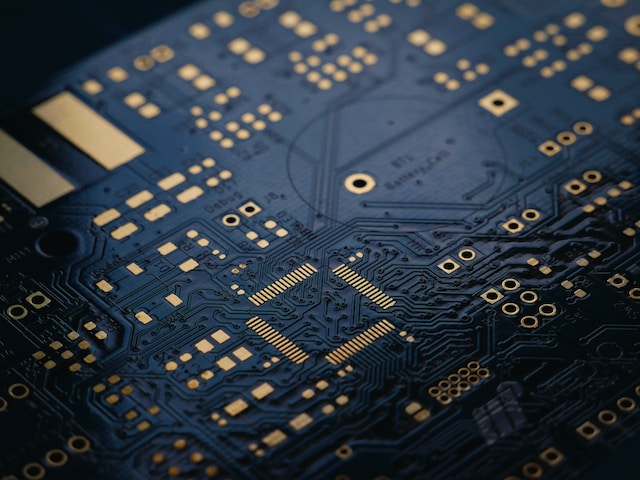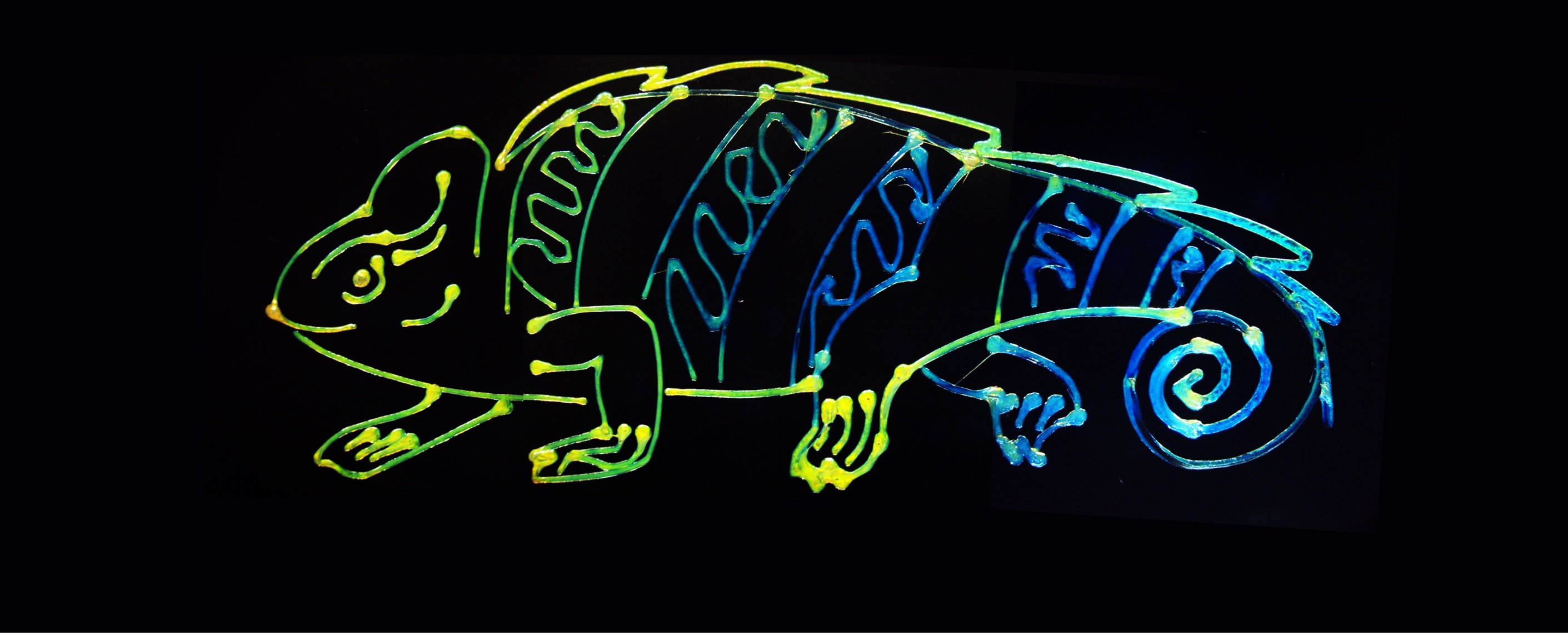3D printing is constantly evolving and manufacturers are continuously finding new ways to take a firm grasp of the benefits.
Some are deploying additive manufacturing technologies for purposes of rapid prototyping, others want to develop full-scale designs, and others just want to develop inexpensive custom-made molds and tools.
Whatever the case, 3D printing is bringing a revolution in the field, and whoever stays out of it will soon see their business becoming uncompetitive and eventually irrelevant.
There’s no question about whether you should integrate 3D printing to your manufacturing facility. The question is, how much it is going to cost you, and what the return of investment period will be. The answer to this depends on the volume of the stuff you’re producing. If a good percentage of your total production volume concerns on-demand and specifically-tailored products, then 3D printing is ideal for you. If on the other hand you are producing large volumes of the exact same thing, then you can safely skip additive manufacturing technologies for now.
Additional scenarios where a 3D printer would be an great fit for your needs is when you produce your own tools and equipment, when you are doing a lot of testing on prototypes, or if you rely on funding rounds to see your business take off. Producing proof of concept items would be key in being convincing your aspiring investors, so a 3D printer would surely come in handy in these cases.
All that said, the only element to consider is the type of the 3D printer that you should pick. There are basically two types, namely the FDM (fused deposition modeling), and the SLA (stereolithography). SLAs can offer higher printing resolution and model fidelity, so they’re great for when precision is a crucial prerequisite but they generally have a higher cost of acquisition. On the other side, FDMs create stronger items that are better suited for bridge prototyping and testing for example.







